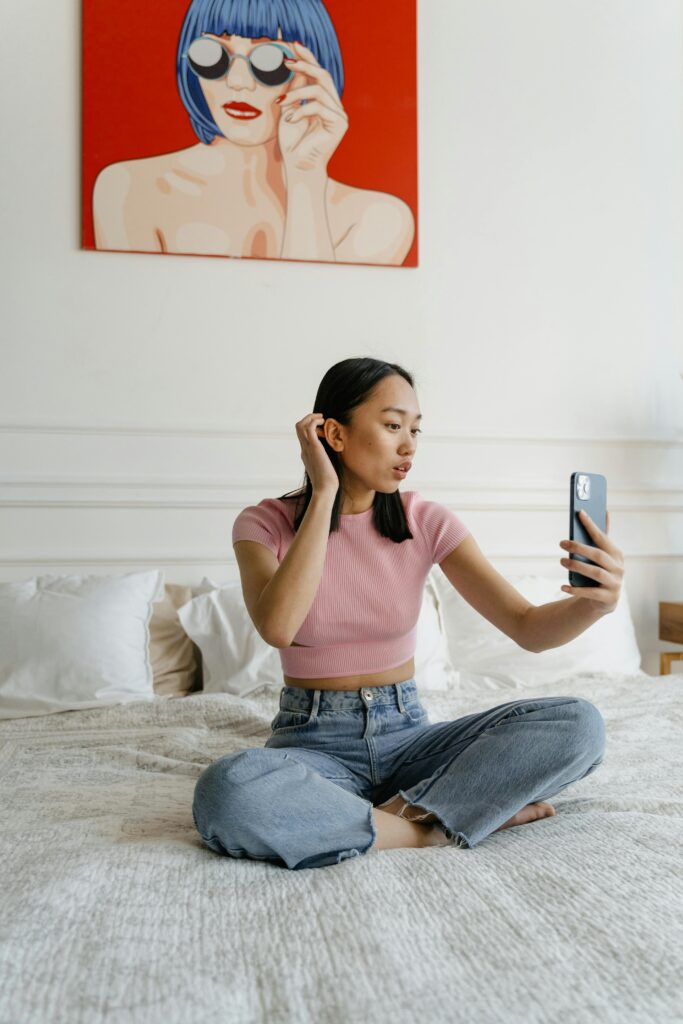
In 2025, brands aren’t just selling clothes, gadgets, or coffee anymore—they’re selling vibes. Welcome to the aesthetics economy, where entire industries thrive not on what a product does but on how it looks, feels, and fits into a lifestyle. Whether it’s “clean girl,” “dark academia,” or “quiet luxury,” aesthetics drive consumer decisions in ways traditional advertising never could.
The fascinating part? We’re not just buying products. We’re buying identities, belonging, and mood boards.
What Is the Aesthetics Economy?
The aesthetics economy is the market shaped by curated visual identities. It’s about selling a lifestyle, not just an item.
Think of how TikTok, Instagram, and Pinterest promote trends: instead of focusing on a single product, they highlight entire “aesthetic worlds.” Coffee shops aren’t just places to buy lattes—they’re cozy, minimalist spaces designed to be photographed. A skincare brand isn’t just about ingredients—it’s about bathroom shelves that double as art installations.
Products succeed when they blend seamlessly into an aesthetic narrative consumers want to adopt.
Why Vibes Matter More Than Specs
1. Social Media as the Storefront
Consumers don’t browse catalogs anymore—they scroll feeds. On TikTok, a video tagged with an aesthetic trend can skyrocket a product overnight. People don’t ask “what does it do?” but rather “does it fit the vibe?”
2. Emotional Connection
Aesthetics evoke feelings—cozy, edgy, aspirational—that go beyond utility. A basic notebook becomes part of the “dark academia” lifestyle. A plain hoodie becomes “streetwear.”
3. Identity and Belonging
Purchases today are about signaling identity. Choosing a certain look communicates membership in an online (or offline) community. Buying the product = buying into the tribe.
Examples of the Aesthetics Economy in Action
- Stanley Cups: These simple tumblers became must-have items not because of their functionality, but because they aligned with the “hydration influencer” aesthetic dominating social media.
- Glossier: Their minimalist packaging and clean branding built an entire “millennial pink” aesthetic—people bought the vibe as much as the skincare.
- Cottagecore: Mason jars, floral dresses, and sourdough starters turned into consumer trends because they fed into a romanticized countryside aesthetic.
Each of these products is ordinary on its own—but extraordinary when tied to an aesthetic identity.
The Dark Side of the Aesthetics Economy
Of course, this new economy isn’t all dreamy vibes and curated feeds.
- Overconsumption: Constantly chasing aesthetics leads to waste. When trends shift from “indie sleaze” to “mob wife chic” in a few weeks, products are discarded just as quickly.
- Homogenization: Aesthetics flatten individuality. Thousands of people posting nearly identical “coastal grandmother” outfits raise the question: where’s the authenticity?
- Exclusion: Many aesthetics privilege a certain look, body type, or income level, making them inaccessible or alienating for some consumers.
The aesthetics economy thrives on novelty, but it also pressures consumers to keep up with the next vibe shift—often at their own expense.
What This Means for Brands
For businesses, succeeding in the aesthetics economy requires agility and authenticity.
- Agility: Brands must pivot quickly to catch aesthetic waves, whether it’s packaging tweaks or influencer partnerships.
- Authenticity: Consumers sniff out inauthentic vibes instantly. The brands that last are those that belong to the aesthetic, not those that chase it desperately.
- Community: Building spaces (digital or physical) where customers feel part of the aesthetic culture matters more than traditional marketing.
The aesthetics economy proves that vibes often sell better than products. It’s not just about what something does, but how it makes people feel—and how it aligns with the identity they want to project.
From pink skincare bottles to viral tumblers, the products that thrive are those that tell a story of belonging. But the challenge ahead is sustainability—how to balance constant aesthetic churn with authentic connection and mindful consumption.
Because in a world where aesthetics rule, the ultimate product isn’t the item itself—it’s the vibe you buy into.
Unlock Full Article
Watch a quick video to get instant access.











